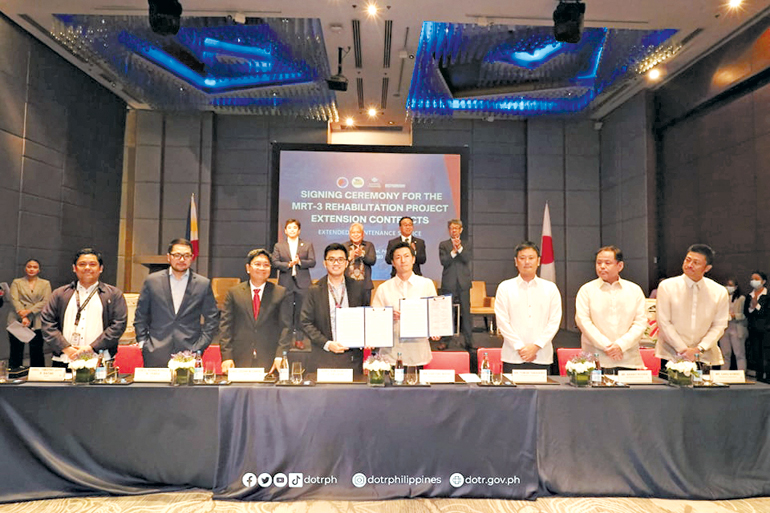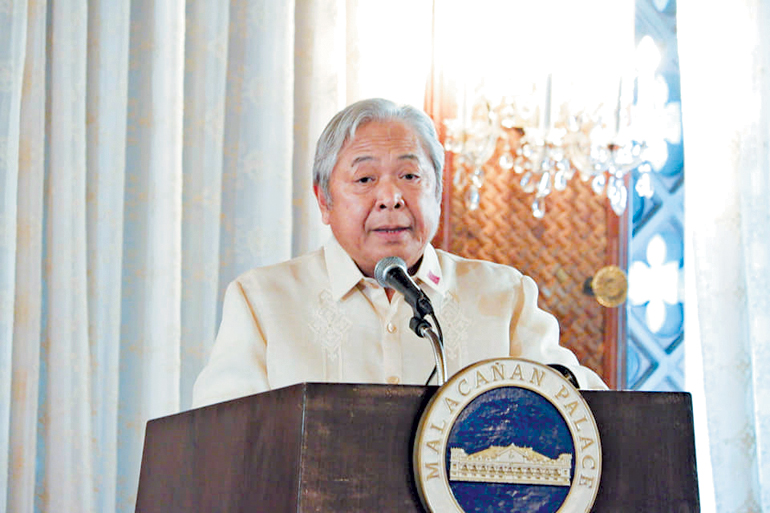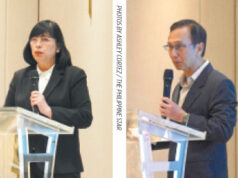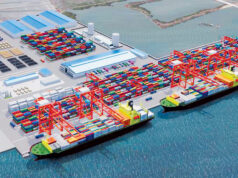Further transforming the transport landscape

Marking its 125th founding anniversary this month, the Department of Transportation (DoTr) has been at the helm of enabling viable, efficient, and reliable transportation for roads, railways, maritime, airports, and aviation that serves as a tool for the country’s economic growth and recovery. With a rich history in public service, the DoTr has played a crucial role in the country’s transport sector, improving mobility and connectivity in the archipelago.
The department, throughout its several evolutions as an organization, has been a witness to more than a hundred years of progress, adapting to changing transport needs and demands of the country, all in pursuit of offering a seamless transportation experience, connecting individuals and communities, and a transport system that is more interconnected and efficient.
It has become responsible for planning, coordinating, and implementing policies in the country’s transport system. Further, it develops and promotes a well-connected network of transportation services, projects, and programs that ensure safety and convenience on our roads, railways, skies, and seas.
The DoTr was first born in 1899 as the Department of Public Welfare. When a Congress general assembly approved the establishment of the Malolos Constitution, the DoTr had become part of the First Philippine Republic’s Council of Government. Gracio Gonzaga served as the Secretary of Public Welfare, which covered the transportation and communications portfolio, from Jan. 21, 1899 to May 7, 1899.
The department then underwent several change of names, beginning with the Department of Commerce and Police, and Department of Commerce and Communications.
Then, it was renamed the Department of Public Works and Communications in 1931; Department of National Defense, Public Works, Communications, and Labor in 1944; and the Department of Public Works, Transportation, and Communications in 1951.
In 1978, the department was changed into the Ministry of Public Works, Transportation, and Communications, which was divided into two agencies, namely the Ministry of Public Works and Highways (MPWH) and the Ministry of Transportation and Communications (MoTC).
To ensure a reliable and well-coordinated transport system, MoTC was tasked with managing operations of public transport such as the Philippine National Railway (PNR) and the then Metro Manila Transit Corp. (MMTC), as well as the registration and licensing of motor vehicles and bus leasing programs.
In 1987, the department became the Department of Transportation and Communications (DoTC). The DoTC was then put under the helm of Secretary Jesus B. Garcia in 1992, and has since seen a significant growth in terms of investments, facilities and technology onwards.
Fast-forward to 2016, the DoTC transformed into the Department of Transportation (DoTr).
Aligning with Build Better More program

2024 is another year of delivering essential transport systems and enhancing infrastructure to provide a better life for Filipinos. Through the Build Better More Program, expressways, bridges, airports, railways, and ports are set to open up new opportunities for businesses, and promote innovation and economic growth.
In the department’s 2023 annual report, from 2022 to the present, the DoTr has completed 88 airport development projects, 32 maritime projects, and 18 road projects, enhancing mobility and connectivity across regions.
To improve the modern railway experience, the DoTr seeks to continue developing railway systems, including the Metro Manila Subway, Metro Rail Transit Line 7 (MRT-7), LRT-1 Cavite Extension, MRT-3 Rehabilitation, and the North-South Commuter Railway System.
Metro Manila Subway is the country’s first subway system that spans 33 kilometers (km) consisting of 17 stations, running from Valenzuela City to Parañaque City. In partnership with Japanese telecommunications company KDDI, the Metro Manila Subway will include telecom infrastructure, which intends to alleviate traffic congestion and air pollution in the city. The subway is set for completion by 2029.
The MRT-7 is a 22-km transit rail line that includes 14 stations connecting Quezon City to San Jose del Monte in Bulacan. The new train line is expected to reduce travel time from a two-hour drive to a 35-minute train ride. According to the DoTr, MRT-7 was 63.28% done last October and is expected to be up and running by November 2025.
Meanwhile, LRT-1 Cavite Extension project expands to 20 stations and connects major cities such as Quezon City, Caloocan, Manila, Pasay, and Parañaque, to Bacoor, Cavite. This expansion will add 11 km to the current railway system and accommodate 800,000 daily passengers in a comfortable and modern integrated transport. LRT-1 Cavite Expansion is expected to be completed by 2027.

For MRT-3, the DoTr’s goal is to upgrade the train capacity, providing commuters with more convenient and faster transportation. The project target is to enable four railing cars to run at the same time, which allows them to accommodate 500,000 commuters every day. Also, it includes upgrading track and signaling systems, power supply, and communication systems. The project is ongoing and is to be finished by July 2025.
Furthermore, the DoTr’s highly anticipated railway, the North-South Commuter Railway (NSCR) is in the works. The project is a 147-km railway, running from Pampanga to Laguna in less than 2.5 hours. Additionally, the project is expected to be completed by 2029, which can accommodate 800,000 commuters every day.
The DoTr is also aiming to improve and advance airports nationwide. Among the projects mentioned is the new international airport in Panglao Island, Bohol. The new airport aims to meet domestic and international standards, as well as promote tourism development in this region.
The Puerto Princesa Airport Development, meanwhile, includes developing a new passenger and cargo terminal complex, control tower, administration buildings, and more. Additionally, the airport will also include air navigation, taxiways, and other support facilities.

To improve air traffic control, the department will also upgrade the sector’s communication, navigation, and surveillance system for air traffic management. The department shared the project includes an upgraded automated air traffic management system, navigation surveillance, and meteorological system.
Other major airport projects include the Ninoy Aquino International Airport, Clark International Airport, Busuanga Airport Development, Bicol (New Legazpi) International Airport, Naga Airport Development, Mactan Cebu International Airport Development, New Manila (Bulacan) Airport Development Project, Iloilo International Airport, Bacolod-Silay International Airport, and Davao International Airport Development.
The DoTr also aims to boost port areas across the country. For instance, the new Cebu International Container Port, which aims to create a high-quality container port, will support the growth of the region.
Phase I of the Maritime Safety Capability Improvement for the Philippine Coast Guard is also in the works, which aims to enhance maritime response abilities. — Angela Kiara S. Brillantes



